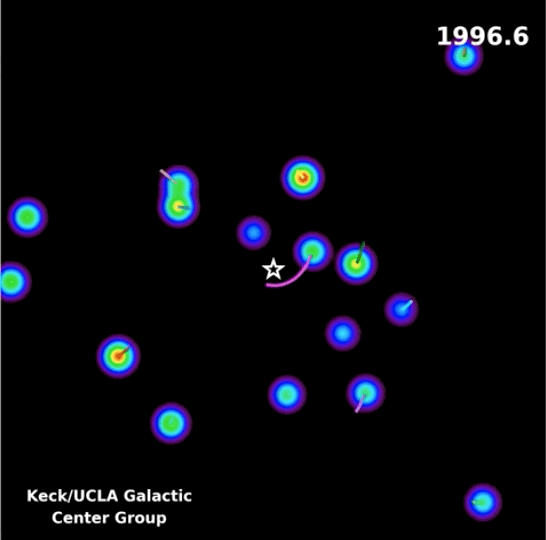Discovering the First Image of a Black Hole: A Cosmic Milestone
Written on
Chapter 1: Unveiling the Black Hole
The supermassive black hole in M87 is an astonishing 40 billion kilometers wide, roughly the size of our solar system. Its stability makes it easier to observe compared to the black hole at the center of our own galaxy, which is located 25,000 light years away. This remarkable image, unveiled early in April by the European Southern Observatory, marks humanity's first glimpse of a black hole. It serves as a significant milestone in our quest to understand the cosmos and is a testament to human creativity and the mysteries of the universe.
The photograph is the result of collaborative efforts from scientists around the globe, collecting data from radio observatories located in some of the harshest environments on Earth, including Antarctica's frigid temperatures and the remote highlands of extinct volcanoes. The black hole depicted is billions of times more massive than our sun, and capturing its image was no small feat.
The Journey to Capture the Image
The Event Horizon Telescope aimed to photograph two black holes: Sagittarius A* and the one at the center of the massive Messier 87 galaxy. These two black holes present a striking contrast. Sagittarius A*, located in our galaxy, is relatively quiet, consuming only a few stars and featuring a faint accretion disk. In contrast, the black hole in Messier 87 is far more active, releasing jets of subatomic particles that extend thousands of light years, and is billions of times the mass of the sun.
Obtaining images of these black holes was challenging due to their immense distances. Even Sagittarius A*, which is closer to us, casts a shadow that is 37 million times smaller than the full moon. To gather sufficient data, eight radio observatories collaborated to create an Earth-sized telescope. While the image of M87's black hole has been successfully captured, imaging Sagittarius A* is more difficult due to its dimness. Scientists are currently analyzing the data collected from both black holes during nine days in April 2017.
Although data collection took just nine days, processing it took two years, requiring meticulous error-checking and image assembly. The telescopes focused on Sagittarius A* and synchronized their images using atomic clocks. The intense gas and dust surrounding a black hole make it a bright object, detectable through radio waves, x-rays, and infrared light. Infrared technology also allowed scientists to observe stars near the center of the Milky Way, revealing that these stars were moving at nearly 5 million kilometers per hour, indicating a mass of about four million times that of our sun concentrated in a small area.

The data collected was transferred via airplane from remote observatories, which caused delays in releasing the images. Factors such as limited air travel in extreme conditions and the Earth's rotation contributed to complications in data transport. The use of atomic clocks was crucial for precise synchronization, allowing for clearer results. Although the current images may appear somewhat blurry, advancements in algorithms could enhance their clarity in the future. According to astronomer Shep Doeleman from Harvard University, utilizing higher frequencies might yield even better angular resolution.
The images we see represent the event horizon of the black hole, with surrounding materials like gas, dust, and light orbiting before being consumed. The bright accretion disk emits electromagnetic radiation, indicating the black hole's presence. While these images confirm aspects of general relativity, black holes also challenge our understanding, as their singularities defy current theories.
Continued observations of these cosmic giants offer a wealth of opportunities to either support or question the theory of relativity, potentially guiding us to a deeper understanding of the universe's origins and its ultimate fate.

As scientists remain captivated by the possibilities, the Event Horizon Telescope continued its observations in 2018, with new data currently under analysis. Additional telescopes in locations like Greenland, Arizona, and France will further enhance our understanding of Sagittarius A* and other black holes.
The concept of black holes has evolved significantly over time. Coined in the 1960s, "black hole" emerged from the notion of "dark stars" conceived during a 1700s thought experiment. They were first predicted by Einstein a century ago, and the first black hole was identified in 1971. Today, in 2019, we witness an actual photograph of one, spinning at the heart of a curious galaxy.
The first video titled [LIVE] Unveiling First Ever Image of Black Hole offers a deep dive into the groundbreaking discovery, showcasing the process and the scientists behind this monumental achievement.
The second video, How Astronomers Captured The First-Ever Image Of A Black Hole | Breakthrough, provides insight into the innovative techniques and technologies used to capture this iconic image.
Stay tuned for updates as more information about this remarkable discovery unfolds.